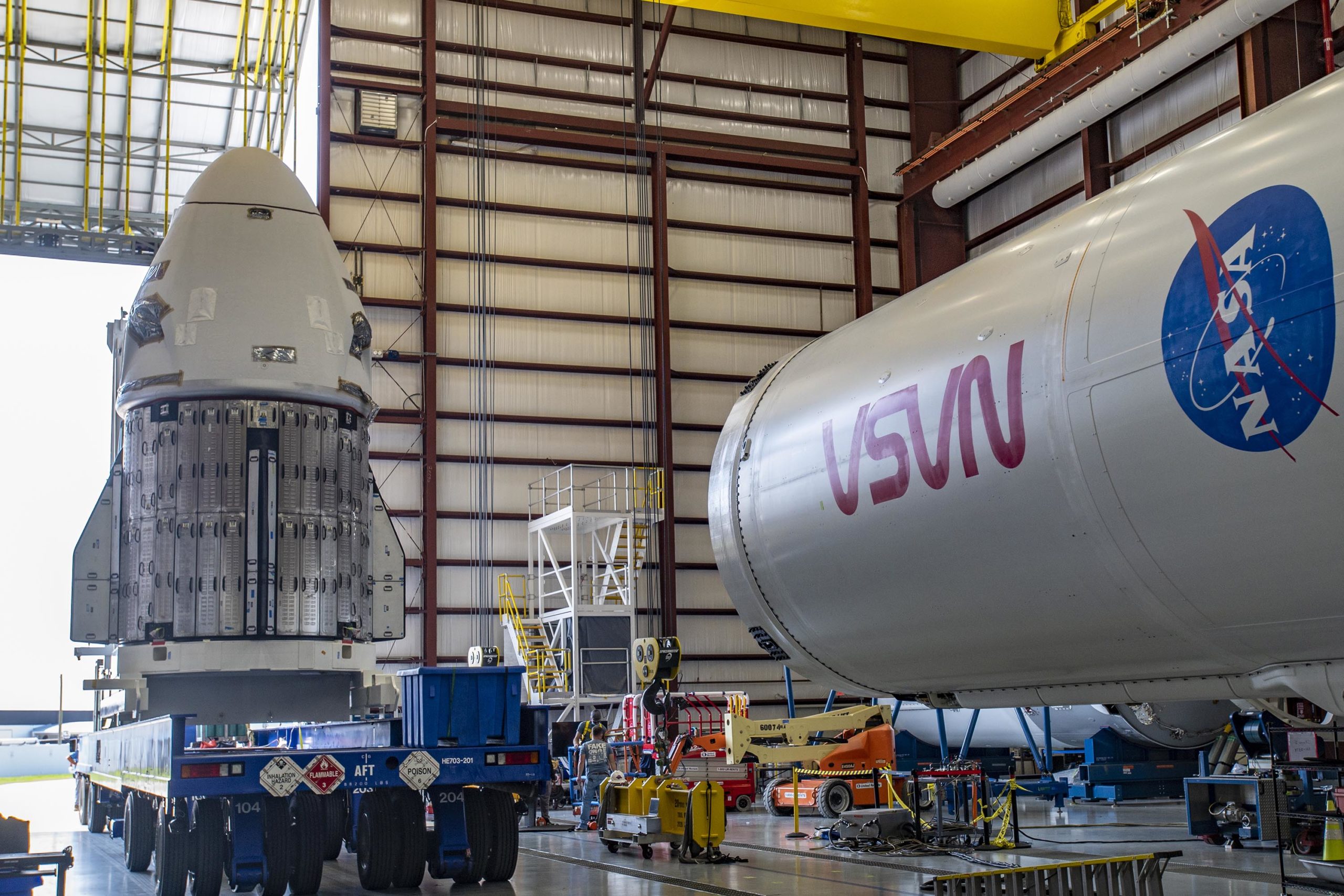
Four spacefarers representing the United States, Japan and Russia will launch no earlier than noon EDT Wednesday, 5 October, targeting a five-month stay aboard the International Space Station (ISS). NASA astronauts Nicole Mann and Josh Cassada—both selected for NASA Astronaut Candidate (ASCAN) training back in June 2013—will be joined by Koichi Wakata of the Japan Aerospace Exploration Agency (JAXA) and Russia’s Anna Kikina, the first cosmonaut to ride a U.S. crewed vehicle since Nikolai Budarin aboard shuttle Endeavour, way back in November 2002.
The quartet arrived at the Kennedy Space Center (KSC) in Florida on Sunday, several days later than planned, following the ravages of Hurricane Ian, which battered the Space Coast in the latter days of September. Speaking to gathered journalists, Mann—who is set to become the first Native American female astronaut and only the third woman spacecraft commander in history—recounted how it is “a different feeling entirely” to see their own rocket sitting on the launch pad.
That rocket, a 230-foot-tall (70-meter) Falcon 9, is only the third “new” bird to be introduced into SpaceX’s burgeoning fleet of boosters in 2022. Designated “B1077”, the nine Merlin 1D+ engines of the core stage will provide 1.5 million pounds (680,000 kilograms) of propulsive muscle for the first 2.5 minutes of the flight.
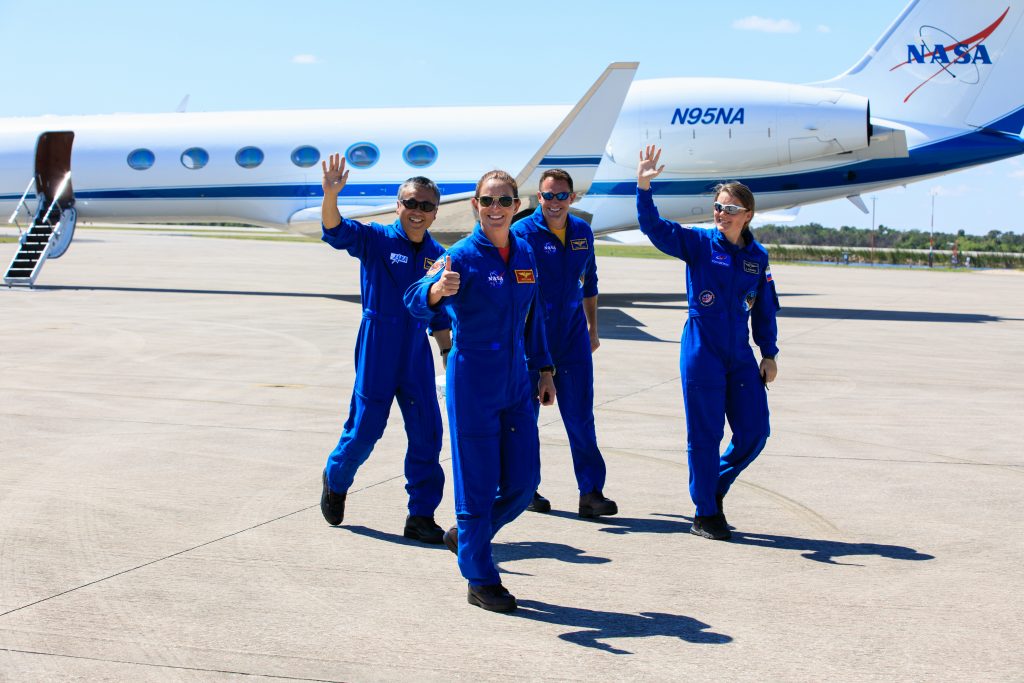
B1077 will separate from the stack and land on the Autonomous Spaceport Drone Ship (ASDS), “Just Read the Instructions”, situated about 400 miles (640 kilometers) offshore in the Atlantic Ocean. The drone ship put to sea from Port Canaveral last week, sheltering near the Bahamas during the height of Hurricane Ian’s onslaught.
According to NASA Commercial Crew Program Manager Steve Stich, speaking after the conclusion of the Flight Readiness Review (FRR) on Monday, JRTI has experienced a few communications-related station-keeping issues in recent days, which teams are working to resolve before launch. Additionally, a “funny reading” was observed with an actuator on one of the Merlin 1D+ first-stage engines and the actuator will be replaced.
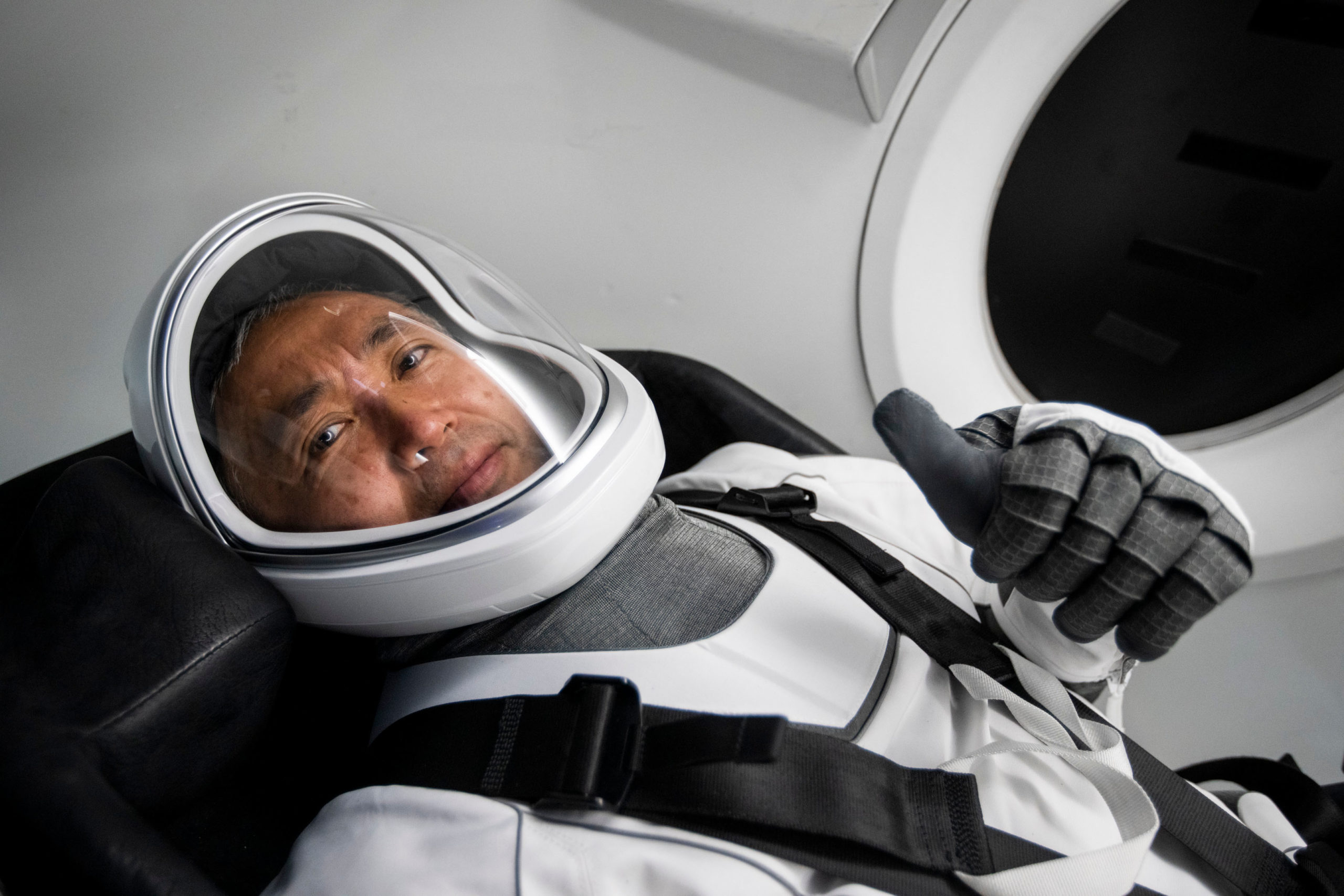
Meanwhile, with B1077 gone, the single Merlin 1D+ Vacuum engine of the Falcon 9’s second stage will execute a six-minute “burn” to deliver Mann, Cassada, Wakata and Kikina into low-Earth orbit. Endurance will separate from the second stage some 12 minutes after launch, kicking off a 29-hour and 17-orbit rendezvous phase to dock at the ISS around 4:57 p.m. EDT Thursday, 6 October.
In remarks on Monday evening, Mr. Stich pointed out that this will be the longest ISS rendezvous profile of any Crew Dragon to date. “Just the way the phasing sets up,” he explained.
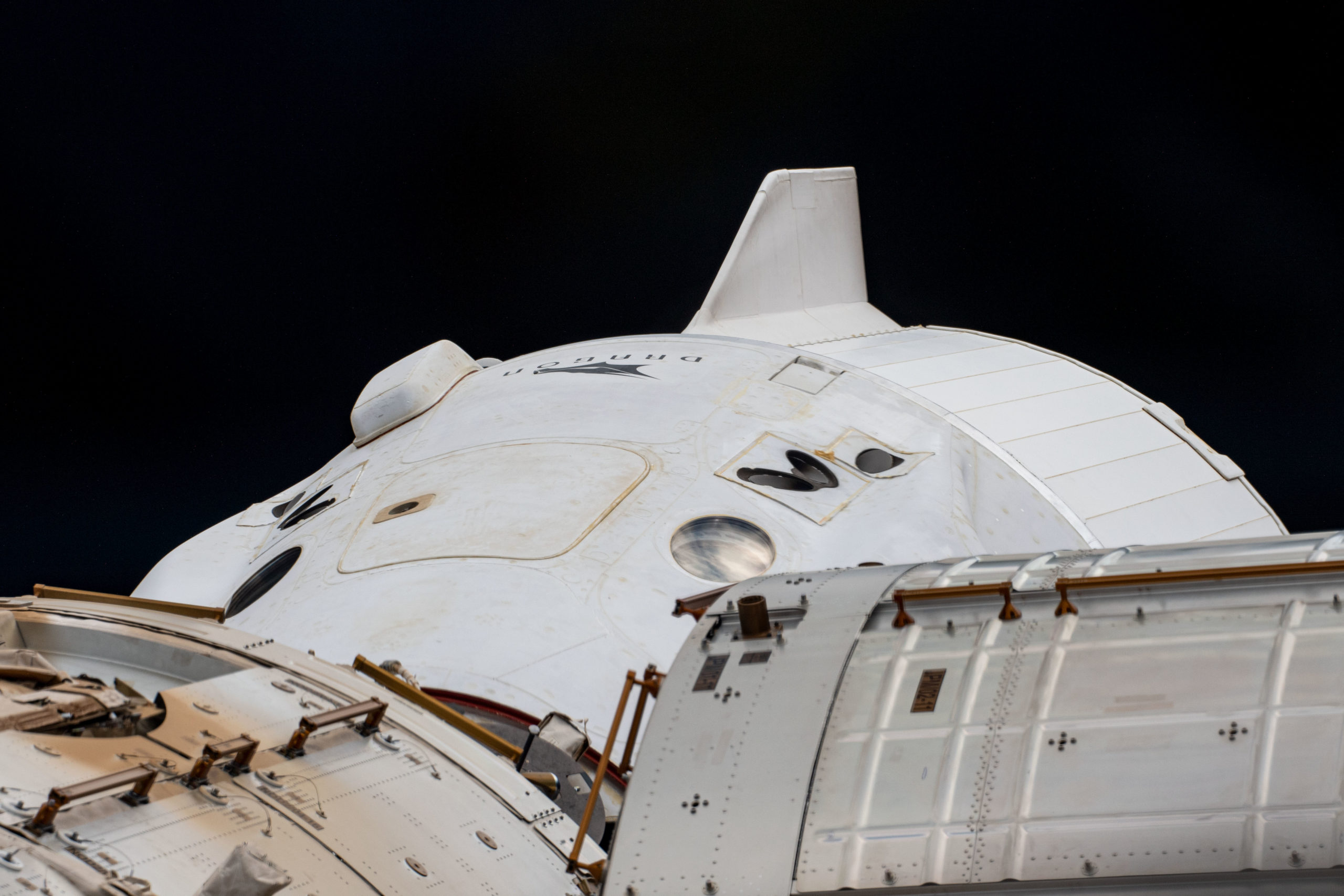
At just under 29 hours, therefore, Mann, Cassada, Wakata and Kikina will spend a little more time in transit to the ISS than did Crew-1 astronauts Mike Hopkins, Victor Glover, Shannon Walker and Soichi Noguchi during their 27.5-hour journey to the station in November 2020. At the opposite extreme, the Crew-4 team of Kjell Lindgren, Bob “Farmer” Hines, Jessica Watkins and Samantha Cristoforetti—launched last April—spent less than 16 hours in transit before a smooth ISS docking.
Crew-5 will fly aboard Dragon Endurance, making her second flight to the ISS having previously supported NASA astronauts Raja Chari, Tom Marshburn and Kayla Barron, plus Germany’s Matthias Maurer, during their 177-day Crew-3 mission, which ended earlier this year. In addition to standard maintenance and refurbishment, the original heat shield for Crew-5 showed up a manufacturing defect and failed SpaceX acceptance testing; it was correspondingly replaced.
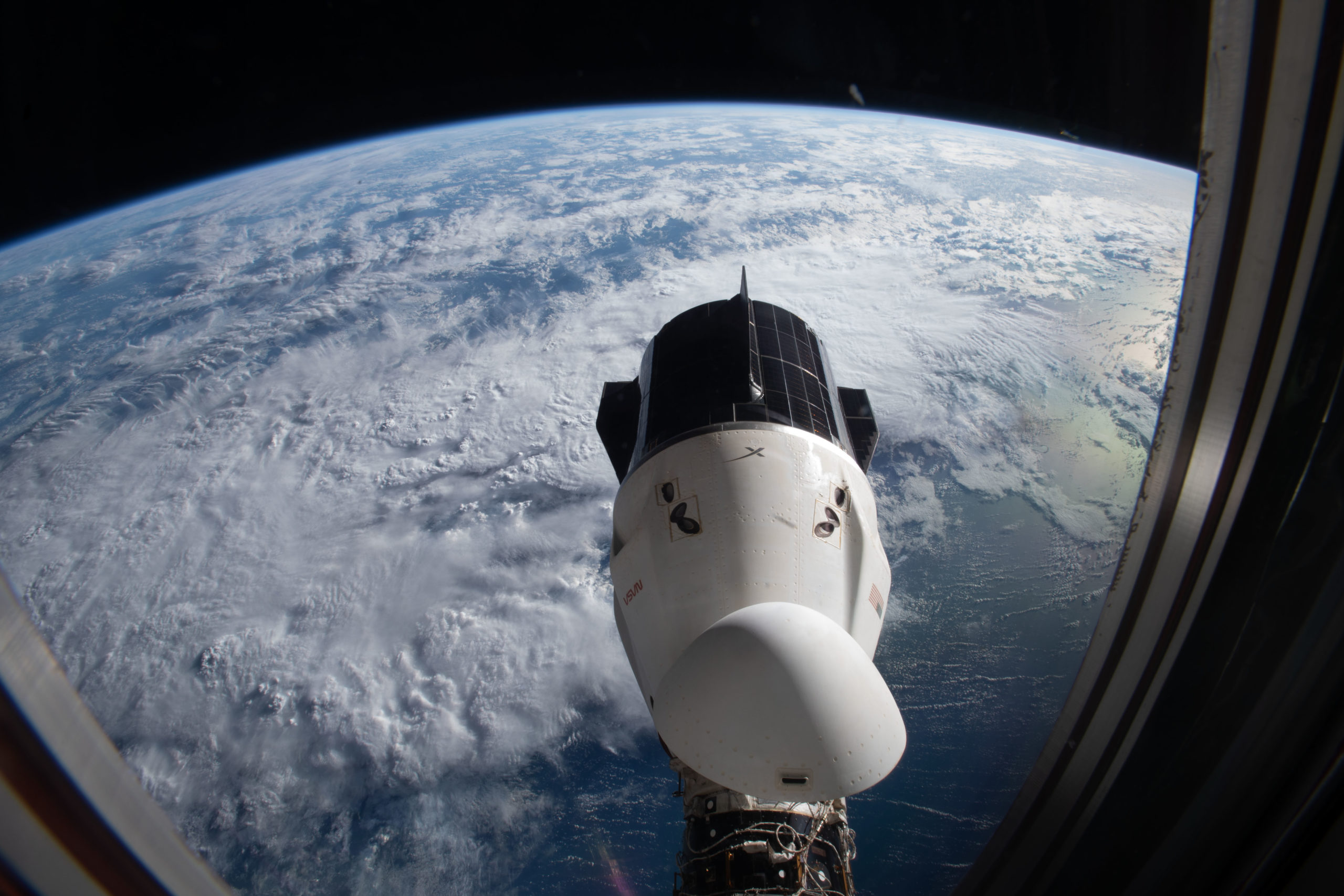
Endurance also received new parachutes and pod panels and with Wednesday’s launch she will become the first Crew Dragon to carry four previously flown forward bulkhead Draco thrusters. But hopes of flying Crew-5 as early as 1 September came to nought, in no small part following damage sustained during road transit from SpaceX’s production factory in Hawthorne, Calif., to the rocket development facility in McGregor, Texas.
B1077 impacted a road bridge, reportedly near Van Horn, Texas, and suffered damage to its inter-stage hardware. The hardware was replaced and underwent X-ray inspections, additional tests and a full round of recertification assessments, ahead of clearance for flight.
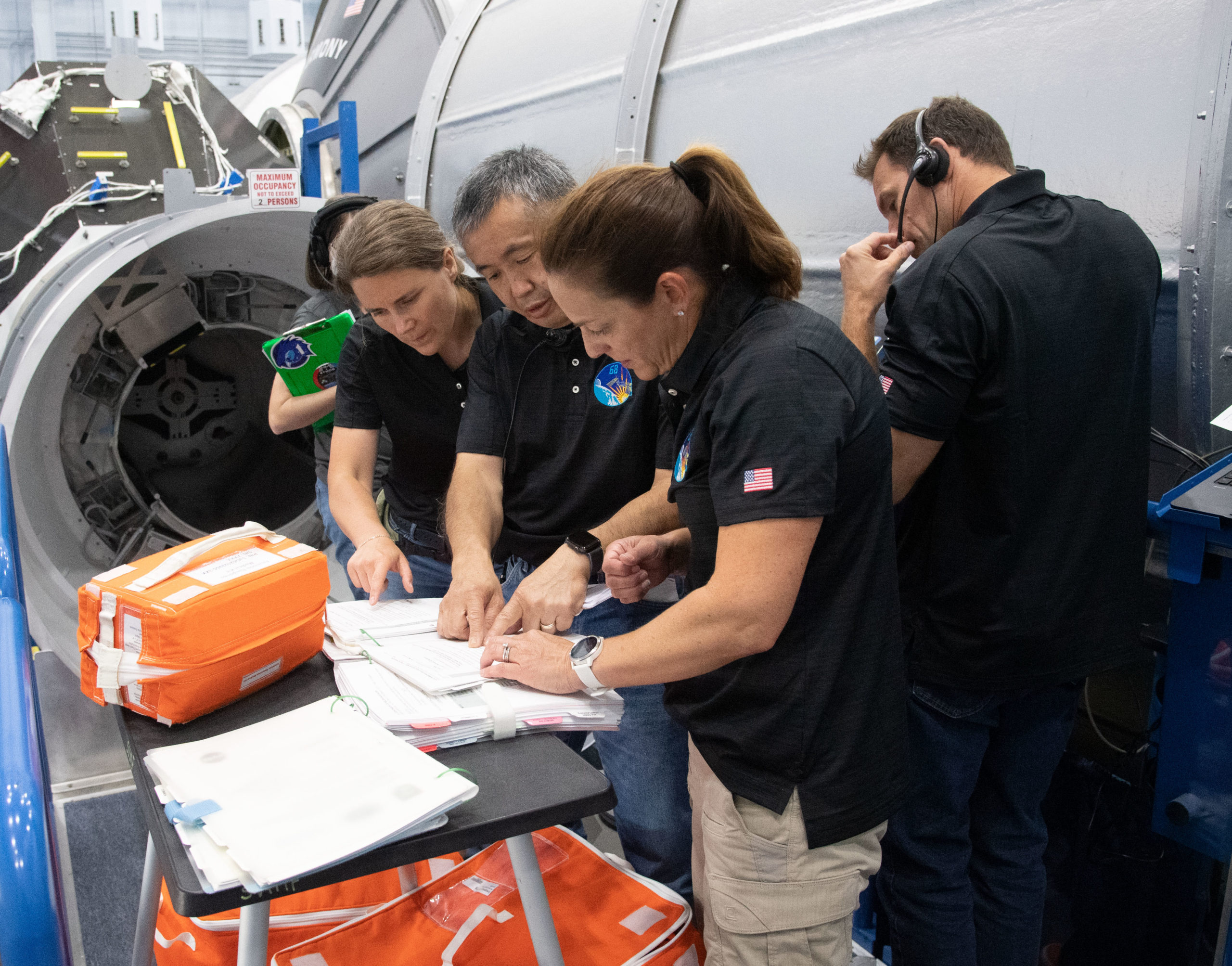
This work culminated in a static firing of B1077 at McGregor in early August. But the inter-stage damage contributed to pushing the Crew-5 launch back to no sooner than 29 September, a placeholder date which moved to 3 October in order to create “schedule deconfliction” and spacing following last week’s departure of Soyuz MS-21 cosmonauts Oleg Artemyev, Denis Matveev and Sergei Korsakov.
Early last month, a fully recertified B1077 departed McGregor, bound for the Space Coast. And on 23 September, Dragon Endurance arrived in the processing hangar near historic Pad 39A to be mated with the Falcon 9.
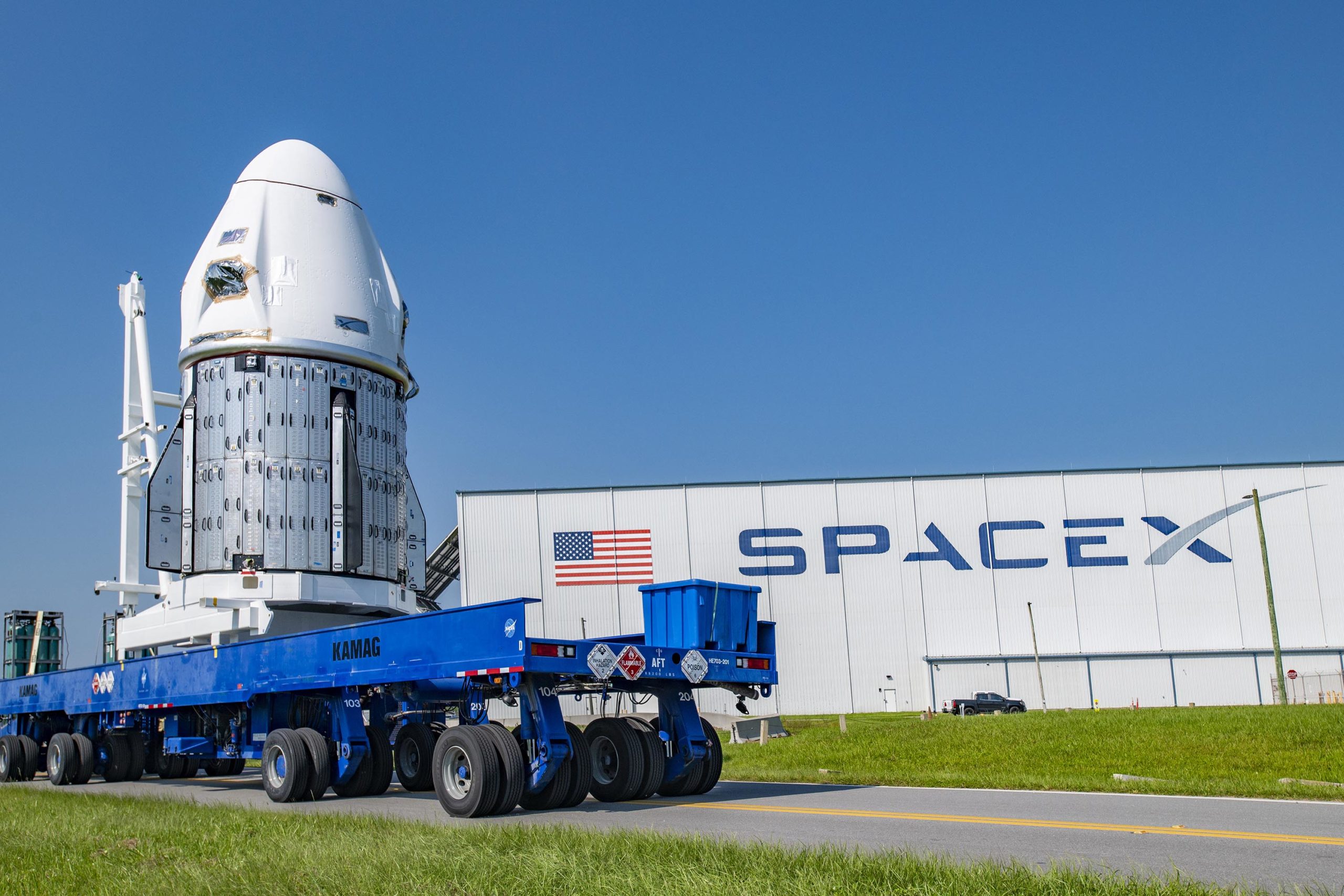
By now, Mann, Cassada, Wakata and Kikina had entered their two-week period of pre-flight quarantine, with an expectation that they would fly from the Johnson Space Center (JSC) in Houston, Texas, to Florida on 26 September. But their arrival was delayed a few days in response to Hurricane Ian, which imparted significant damage across Florida due to extreme storm surge and flooding.
Five days later than planned, the crew flew into the Cape on Saturday, 1 October. As they arrived, they flew over Pad 39A and were rewarded with an impressive view of B1077 and Dragon Endurance.
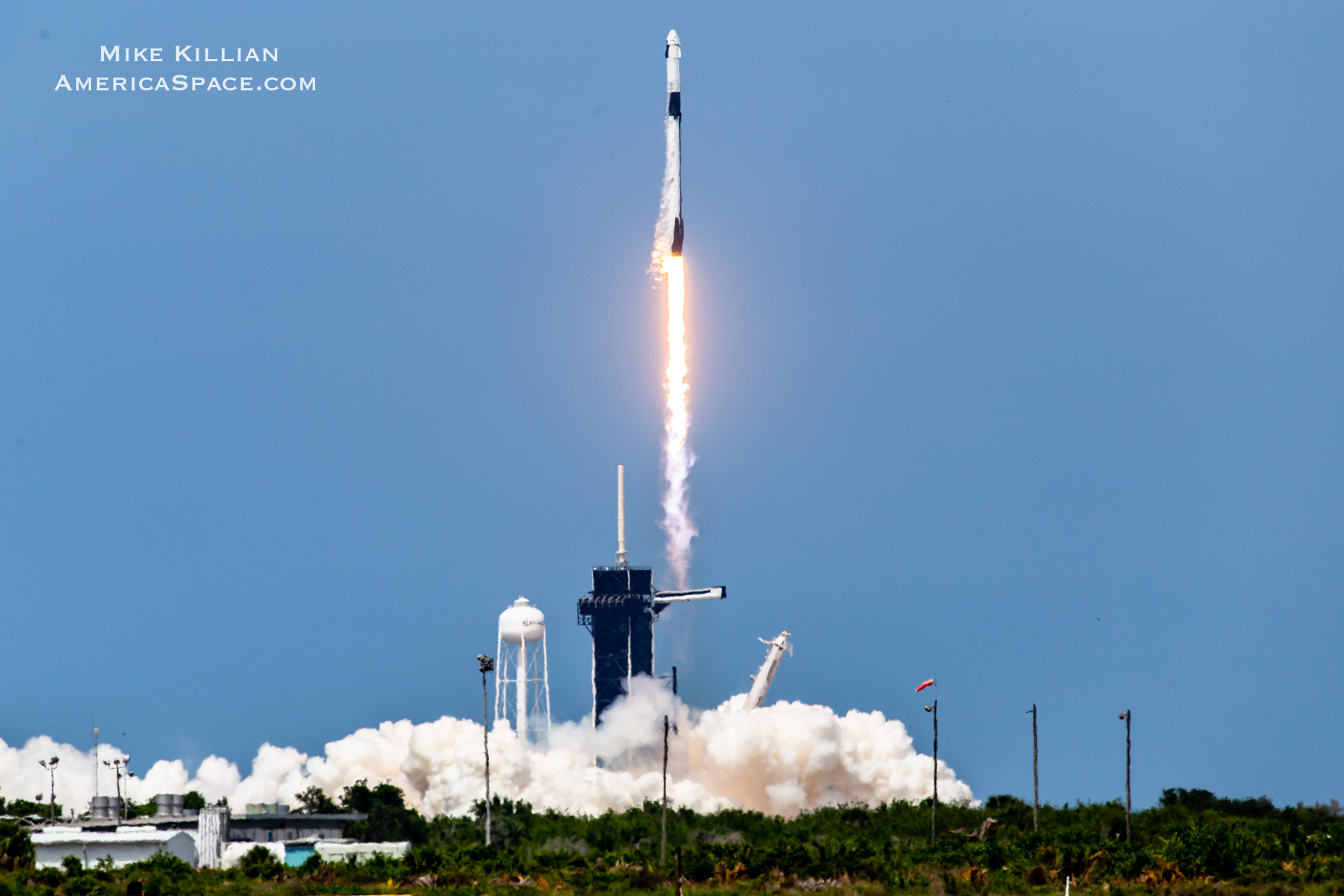
“I hope we will brighten up the skies over Florida” in the aftermath of Ian, Wakata told journalists. An emotional Cassada added his thanks to the NASA and SpaceX teams who had supported them “on the heels of a hurricane”.
The weather outlook for Wednesday is about 90-percent favorable and should not dip below 80 percent in the event of a scrub until the end of the week. “Seasonably cool dry air will continue to filter into Central Florida in the wake of Hurricane Ian, as its remnants push to the northeast,” noted the 45th Weather Squadron at Patrick Space Force Base. “A weak cold front will move through the area and spark scattered showers late on Tuesday, but is expected to be well south of the Spaceport by Wednesday.
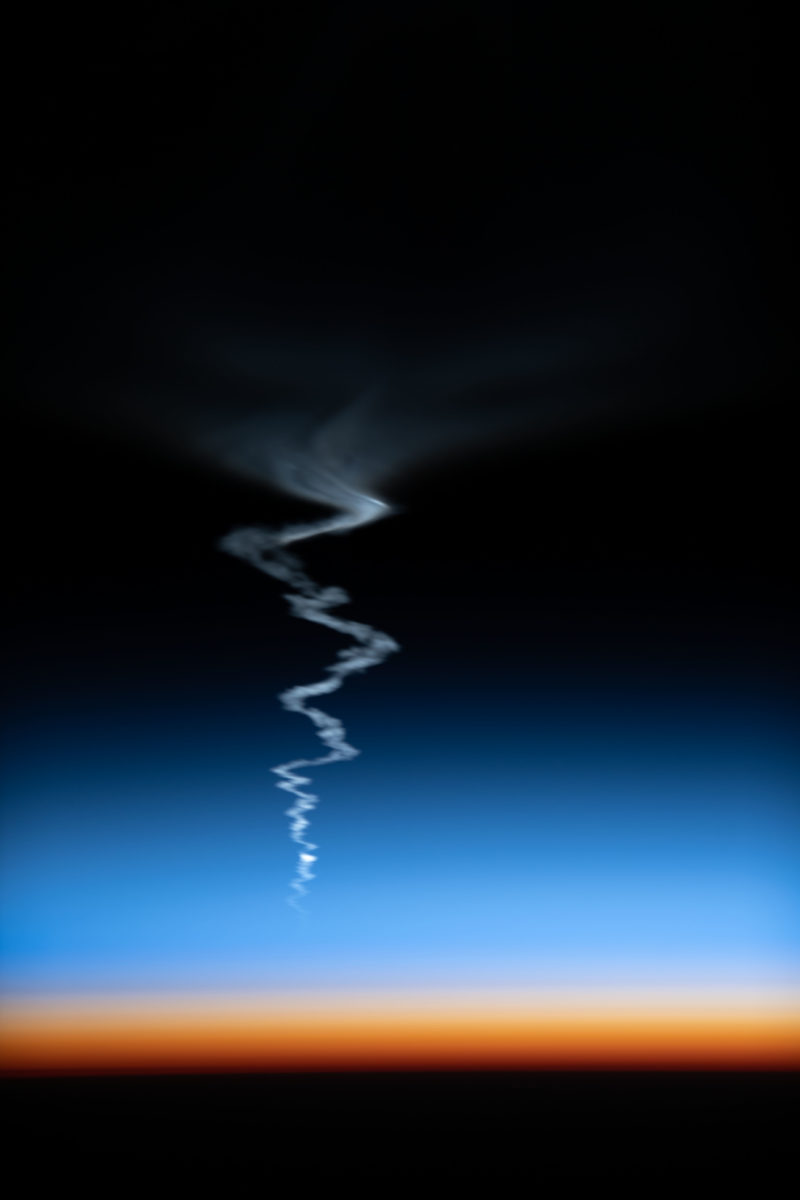
“On launch day, the high will be centered over the southeastern U.S., bringing breezy northeasterly winds,” the 45th’s summary continued. “While a few small, short-lived coastal showers cannot be ruled out with the onshore flow, very dry air in the mid and upper levels will cap off any significant activity.”
Following launch, Dragon Endurance will follow an approximately 29-hour and 17-orbit rendezvous profile, before docking at the ISS at 4:57 p.m. EDT Thursday. Two hours later, the new arrivals will be welcomed aboard by the incumbent Expedition 68 crew—Commander Samantha Cristoforetti of Italy, U.S. astronauts Kjell Lindgren, Bob “Farmer” Hines, Jessica Watkins and Frank Rubio and Russian cosmonauts Sergei Prokopyev and Dmitri Petelin—as the population of the station jumps from seven to ten.
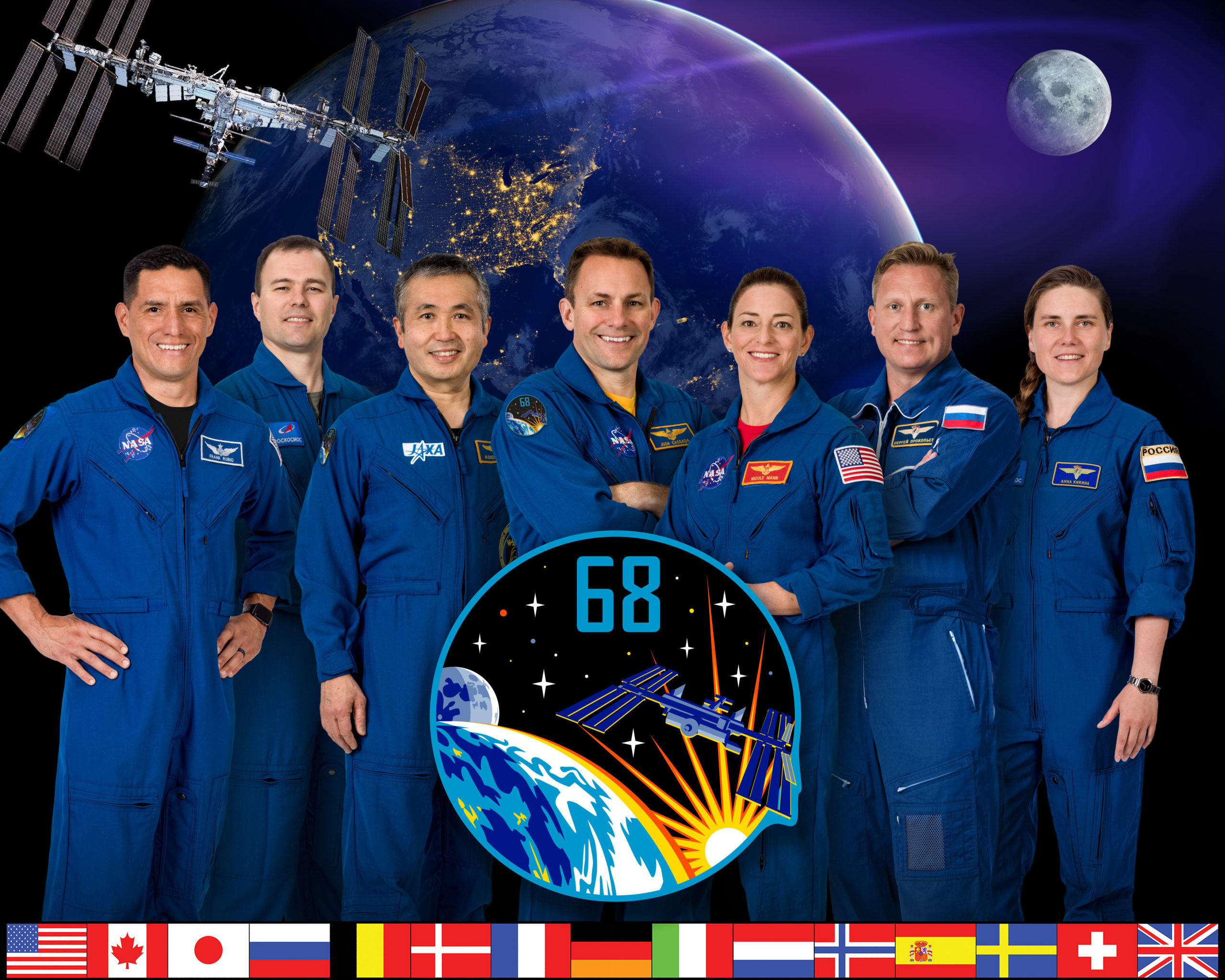
It is expected that a five-day “direct handover” will take place, as the outgoing Cristoforetti, Lindgren, Hines and Watkins hand over the U.S. Operational Segment (USOS) to the new arrivals. The quartet will depart aboard Dragon Freedom on 12/13 October, returning to Earth after 5.5 months. Cristoforetti will relinquish command of the station to Prokopyev, who will lead the remainder of Expedition 68 through his own return home next spring.
And Expedition 68 promises to be a busy one. Prokopyev, Petelin and Rubio, who launched from the Baikonur Cosmodrome in Kazakhstan aboard Soyuz MS-22 on 21 September, are expected to remain aloft for 188 days, placing the end of their mission sometime in the late March timeframe. Meanwhile, Mann, Cassada, Wakata and Kikina are tracking an increment of about 145 days, which should bring about an undocking and return to Earth of Dragon Endurance around the end of February.
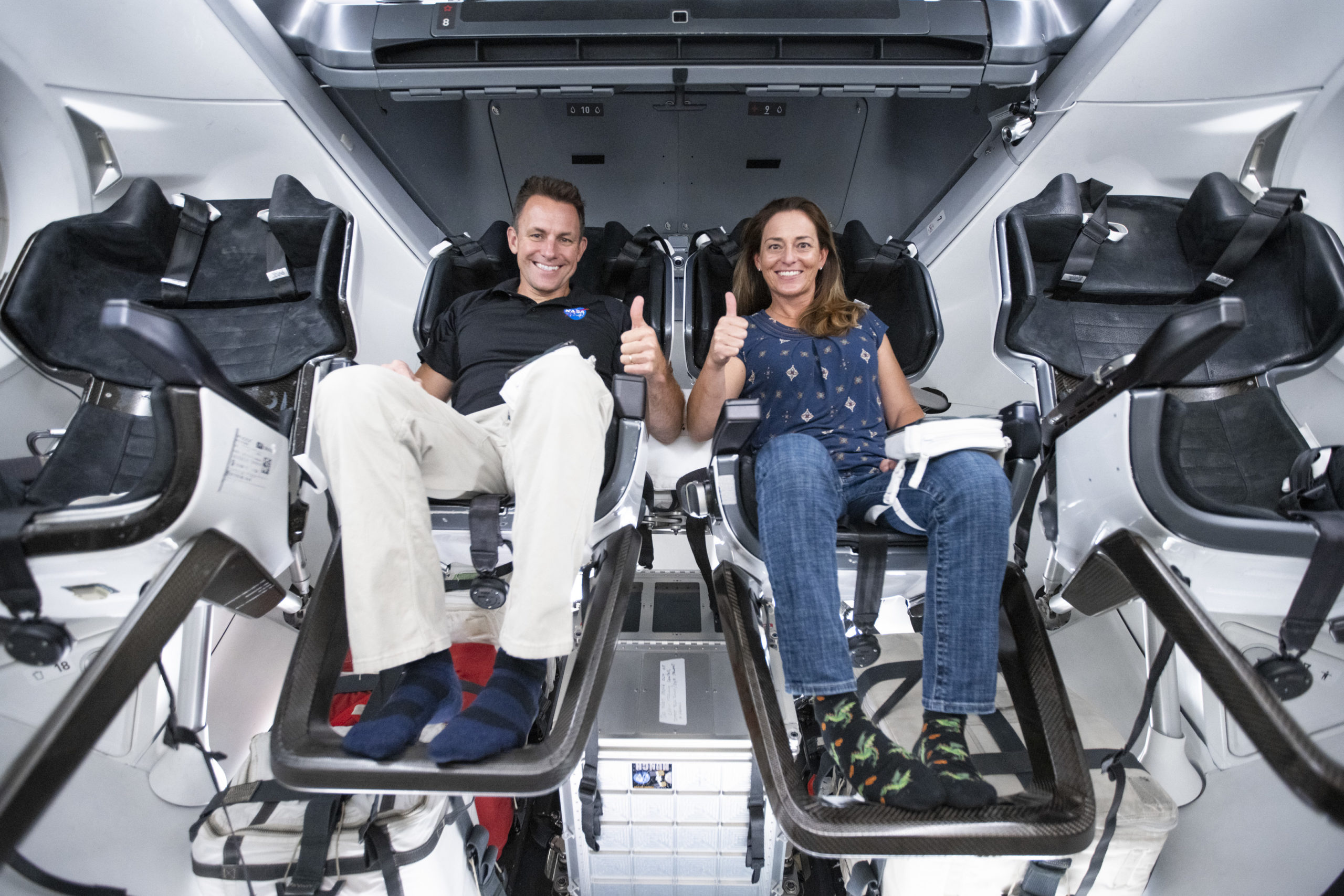
During their five months together, the Expedition 68 crew expects to welcome multiple visiting vehicles, including two Cygnus cargo ships from Northrop Grumman Corp. in November and February, a pair of SpaceX Cargo Dragons in November and January and perhaps the Crew Flight Test (CFT) of Boeing’s CST-100 Starliner—crewed by NASA veterans Barry “Butch” Wilmore and Suni Williams—in February. And two Russian Progress freighters will also arrive in October and February.
On the Russian Operational Segment (ROS), as many as five sessions of Extravehicular Activity (EVA) may be executed, likely by Prokopyev and Petelin. In comments made following her arrival at KSC, Kikina explained that she is trained as an Intravehicular (IV) crew member, working with the European Robotic Arm (ERA), during the EVAs, although she is fully qualified to perform a spacewalk herself. “It’s possible,” she said. “I’m certified for that work in Russian suit.”
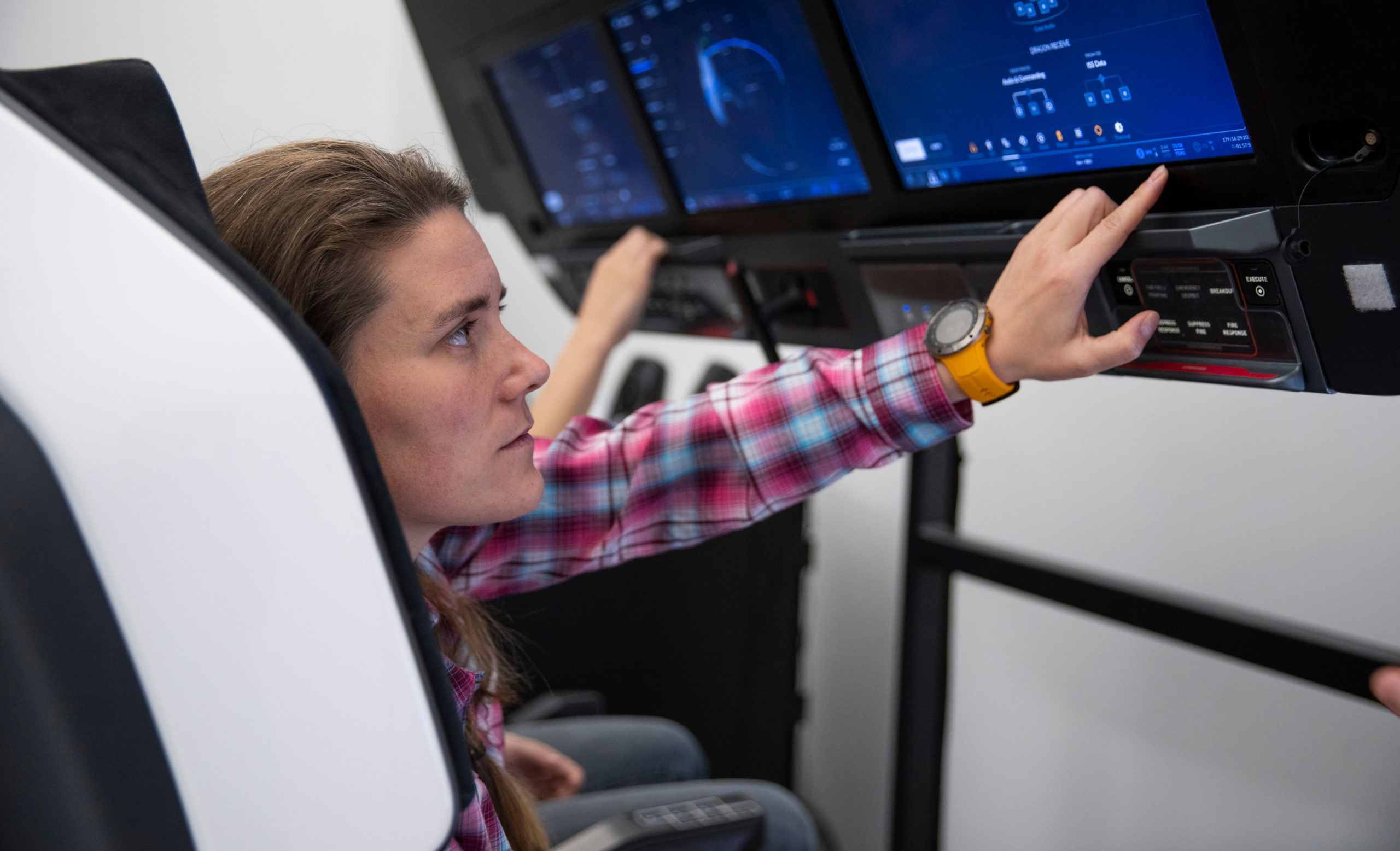
Up to four other spacewalks are planned from the USOS, dependent upon the requalification of the U.S. Extravehicular Mobility Unit (EMU) for regular operations, following an incident of water intrusion into German astronaut Matthias Maurer’s helmet during EVA-80 in March. Upcoming U.S. EVAs are expected to emphasize the installation of mounting brackets and new sets of arrays for the Boeing-built ISS Roll-Out Solar Arrays (iROSA), although Wakata tweeted earlier in 2022 that he has participated in training to replace articulating joints on the station’s Canadarm2.
But for now, as Anna Kikina told assembled journalists at Saturday’s crew arrival event at KSC, the Crew-5 team looks ahead to getting into orbit and a successful mission. “We will do our job the best way,” she quipped with an infectious smile. “Happy, happy.”




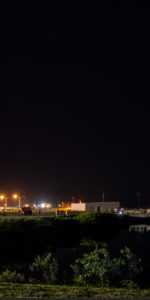
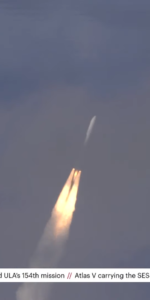
8 Comments
8 Pings & Trackbacks
Pingback:ULA Achieves Rapid-Fire Mission Tempo, Launches Second Mission in Ten Days - AmericaSpace
Pingback:Crew-5 Launches Safely, Heads to Space Station - AmericaSpace
Pingback:SpaceX Launches 2022’s Tenth Falcon 9 from Vandenberg, As Busy October Beckons - AmericaSpace
Pingback:SpaceX May Attempt Two Launches, Six Hours Apart Tuesday - AmericaSpace
Pingback:Six-Times-Flown Falcon 9 Lofts SWOT Ocean Watcher from Vandenberg - Space News
Pingback:SpaceX Launches GPS III-06, Busy January Continues - AmericaSpace
Pingback:AxiomSpace’s Ax-2 Full Crew Announced, as Crew-6 Enters Pre-Launch Quarantine - AmericaSpace
Pingback:AxiomSpace’s Ax-2 Full Crew Announced, as Crew-6 Enters Pre-Launch Quarantine - Space News